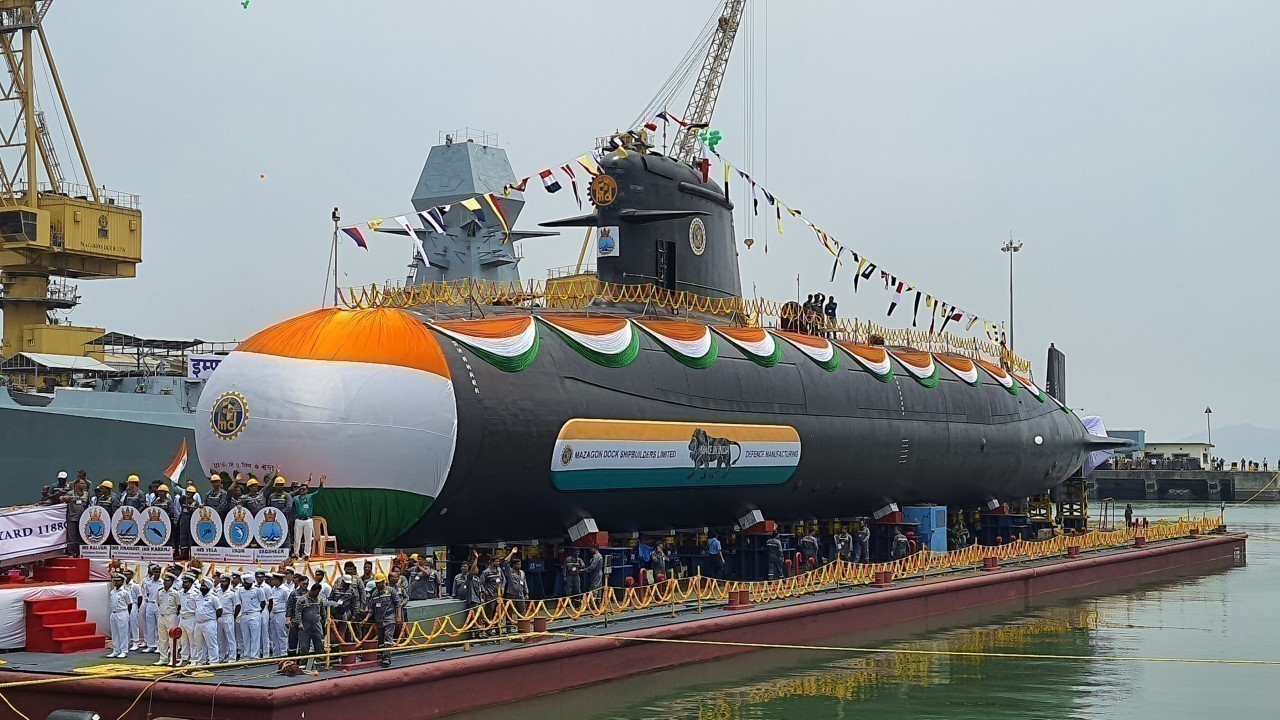AMID F-18 E/F INDIAN TRIALS, STRONG PROSPECTS FOR BOEING TO SEAL INDIAN NAVY’S CARRIER BORNE FIGHTER DEAL
With Boeing’s F/A-18 E/F Super Hornet commencing its trials from Indian Shore Based Test Facility (SBTF), the prospects for to secure the up to US$6 billion deal have improved substantially. The ‘foldable wings’ factor is likely to tilt the deal in favour of Boeing as it involves the supply of 26 Multirole Carrier Borne Fighters (MRCBF) aircraft, including a squadron of 18 single-seat aircraft alongside twin-seat trainer variants. Lack of such features in Dassault’s Rafale-M prevents it from being compliant with Vikrant’s aircraft elevators and therefore less likely to enthuse the Indian Navy for the deal, says GlobalData, a data and analytics company.
Boeing had already completed feasibility studies for F/A-18 E/F Super Hornet to operate from Short Take-Off But Arrested Recovery (STOBAR) Ski Jump at the US Navy’s Naval Air Station (NAS) Patuxent River (in December 2020), and thus it is also likely to clear trials just as Dassault Aviation’s Rafale-M.
Although Dassault has offered to somewhat redesign its wing section to incorporate some detachable segments to make it compliant with the dimensions of hanger elevators, it is unlikely to encourage the Indian Navy as it is expected to adversely impact combat sortie rate and tempo of air operations.
According to GlobalData, another factor going against Rafale is the unavailability of dual seat trainers for Rafale-M, meaning that the Indian Navy may have to depend on the Air Force’s Rafale-B dual seat variants for training requirements. However, the differences in physical characteristics between the Air Force Rafale-B/ Rafale-C and Marine Rafale-M may also be a reason to not look favourably at the Dassault offering.
Abhijit Apsingikar, Defence Analyst at GlobalData, comments: “While the technical parameters of the deal are increasingly in favour of Boeing, Indian concerns with respect to dependability of the US suppliers in case of a crisis still exists, though this is changing slowly with the induction of platforms like the P-8I Poseidon and MH-60R Romeo helicopters. Nonetheless, India has so far resisted the urge to field a US made frontline combat aircraft. The threat of impending sanctions under CAATSA with respect to the acquisition of S-400 Triumf air defence systems alongside India’s stand on the present Russia-Ukraine conflict also complicates the deal. With India going ahead with additional purchases of cheap Russian crude oil, the US has cautioned India against any additional purchases. Hence the closure of this deal is anticipated to be contingent on Boeing satisfying the requirements of the Indian Armed Forces, but also the US administration’s ability to assuage India’s concerns with respect to CAATSA.”
With Boeing’s F/A-18 E/F Super Hornet commencing its trials from Indian Shore Based Test Facility (SBTF), the prospects for to secure the up...

www.indiandefensenews.in





